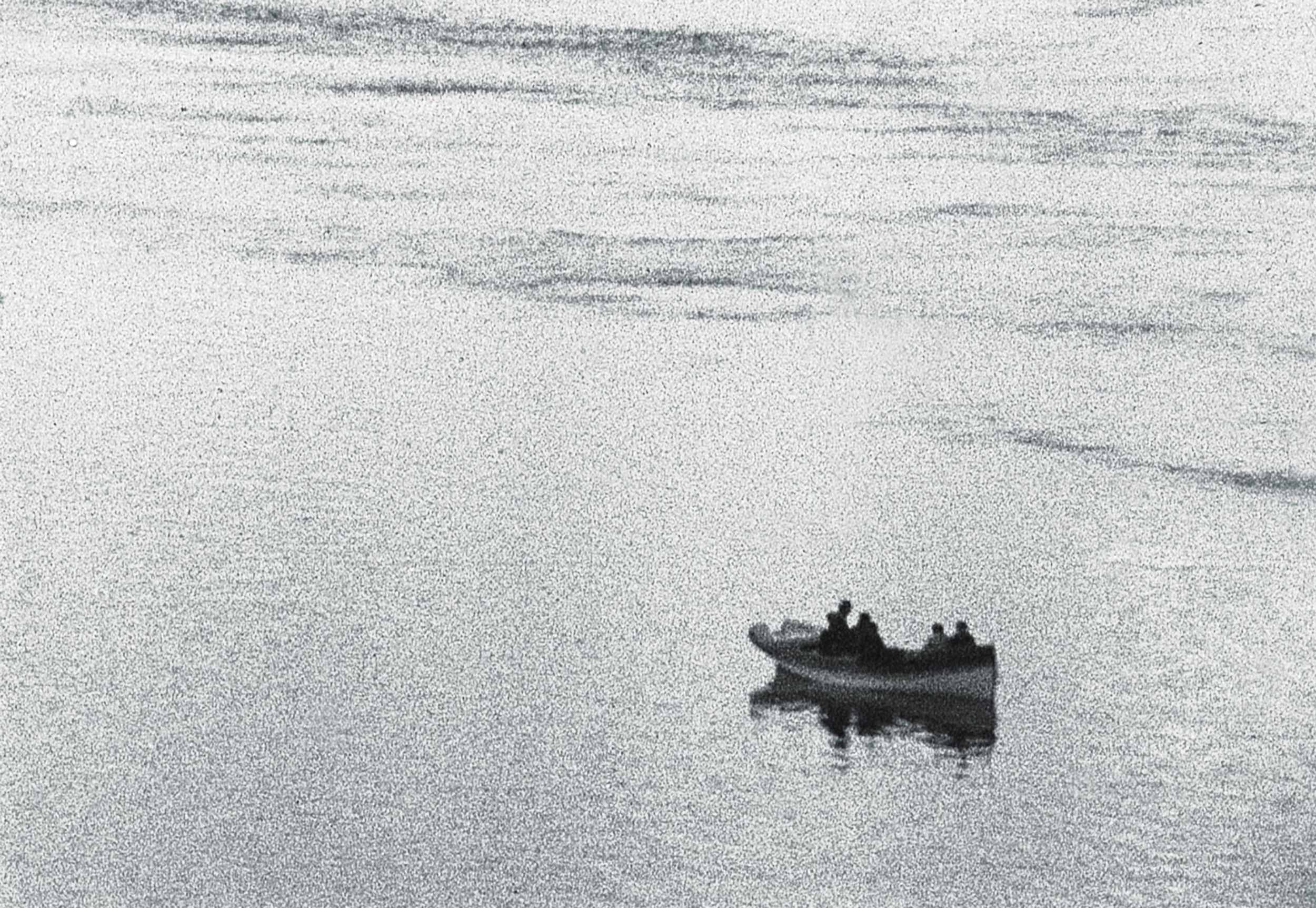
The Boat
A clinic for mental health care in Argentina. A woman is lying in bed, a man is chopping wood. Another man walks long distances through the barren surroundings. It is sunny and quiet, they have all the time to quietly think. In a similar sedate tempo, the residents are filmed in their daily activities, in a sawmill, while playing soccer, in a disco. It is not immediately clear that they are mentally distressed. This appears only gradually from the stories that are told. The spectator is informed about their lives through their own words – doctors or nurses are not introduced, they are completely absent from the film. ‘I don’t know how to explain it ... it is as if I come from another planet’, one of them says. ‘I suffered from hallucinations that made me think I was God’, another one tells. A woman talks about the hours she spoke with Vincent van Gogh. The central character, Foti, asserts: ‘Lunacy is a denial of freedom.’ Foti is an elderly man who tells stories to pictures that bear the residents’ names. They are not necessarily photos of the people themselves, but for example of a landscape or a cat. It is one of the ways in which a subtle distance is created, as in the use of slow-motion and black-and-white images. This makes the documentary a subdued reflection on the patients’ fate.